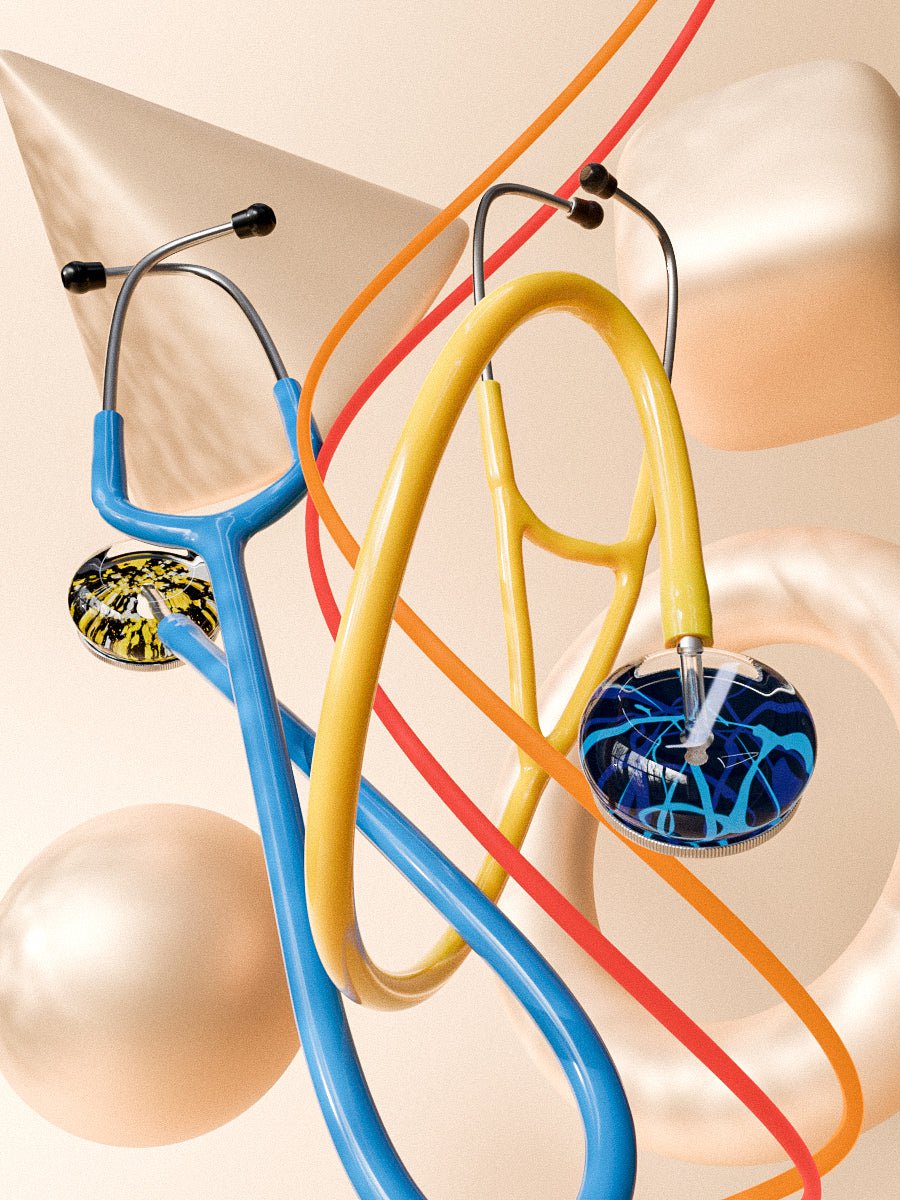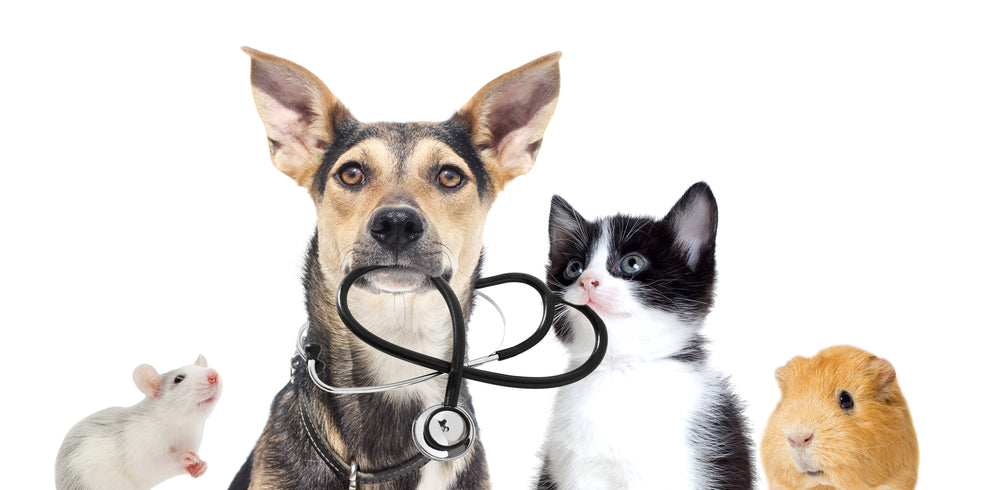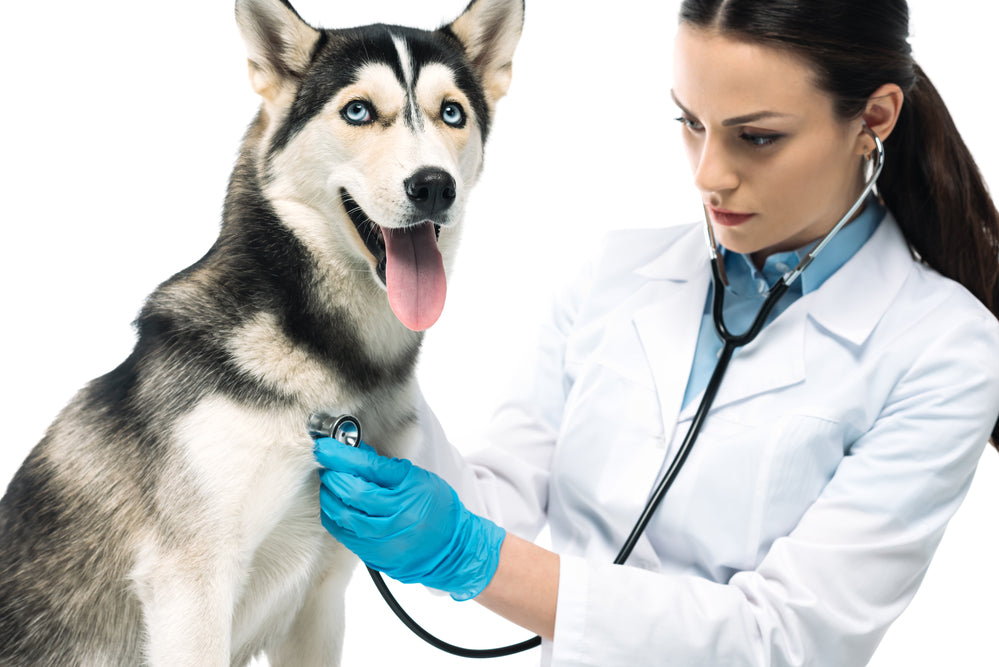A stethoscope is an important tool for any veterinarian, as it can be used to listen to the heart and lungs of both cats and dogs. Unfortunately, there are fake "high-quality brand name" stethoscopes on the market. You can find out how to recognize counterfeit stethoscopes in our blog.
However, there are some misconceptions about whether vets can use a stethoscope on small animals, such as rabbits or hamsters. In this blog post we will discuss when a vet can use a stethoscope on small animals and what types of equipment they should have for doing so. If you need a new stethoscope for your veterinary practice, be sure to check out our Ultrascopeinventory.
How do vets use stethoscopes on small animals?
Veterinarians typically use a stethoscope on small animals in the same way that they use them for cats and dogs. In order to listen to the heart of an animal, you will need to place one earpiece against their chest while holding the other by your own head, or tie it around your neck (like with human patients).
What types of equipment can vets use for small animals?
Veterinarians should always have a stethoscope on hand, but they may also want to invest in some other tools and supplies. For example, you will want an otoscope if the animal has ear problems or nasal congestion, and a rectal thermometer is necessary if there are any questions about the animal's general health.
Is there anything specific about a stethoscope for use on small animals?
Some veterinarians may have more than one type of stethoscope, or will remove and reattach parts to make their own personal instrument that can be used effectively with smaller animals. These modifications are rare but they do exist.
Stethoscope modifications for small animals:
Some of the most common modifications you can make to a stethoscope when examining a small animal would include shortening the length of the tube, cutting off one or both earpieces and purchasing a smaller-sized diaphragm.
What does shortening the length of the tube on a stethoscope accomplish?
It can make it possible to hear heart sounds that would not be able to be heard otherwise.
What does cutting off one or both earpieces on a stethoscope accomplish?
The sound is channeled directly into the animal's chest, making it easier for a veterinarian to listen and find specific types of abnormal heart rates. This also allows the veterinarian to catch any other abnormal sounds in the chest area.
What does purchasing a smaller-sized diaphragm on a stethoscope accomplish?
It can make it much easier for an animal's heart rate and breathing rates to be heard by veterinarians. This is important because some animals have faster than normal heart rates, which can be a complication for the animal.
Is there anything specific about the stethoscope for use on small animals?
The diaphragm can be made smaller in order to adjust it better to an animal's size and weight. This adjustment will also make it easier for veterinarians when using these types of tools, because they are much more likely to be able to hear sounds accurately.
The most common diagnoses when using a stethoscope on small animals?
The most common diagnosis when using a stethoscope on small animals is pneumonia, because it can't be easily seen or accurately felt.
What types of animals can the stethoscope be used on?
Vets use these tools for all sorts of different animals including dogs and cats among others.
Can a stethoscope be used on an animal as small as a hamster?
Yes, a stethoscope can be used on an animal as small as a hamster. Although it is rare sometimes the stethoscope will be used to listen to a small animal's heart, lungs, and bowels. The smaller the animal the harder it is to determine which part of the body the sound is coming from. This is why some vets specialize in treating smaller animals vs. larger animals like cows and horses.
In Conclusion:
When the question is asked can a stethoscope be used on smaller animals the answer is always yes! In fact some vets specialize in this type of care. It has been said that any animal with a heartbeat can be heard with a veterinarian stethoscope although sometimes modifications to it must be made in order to diagnose the animal properly.





